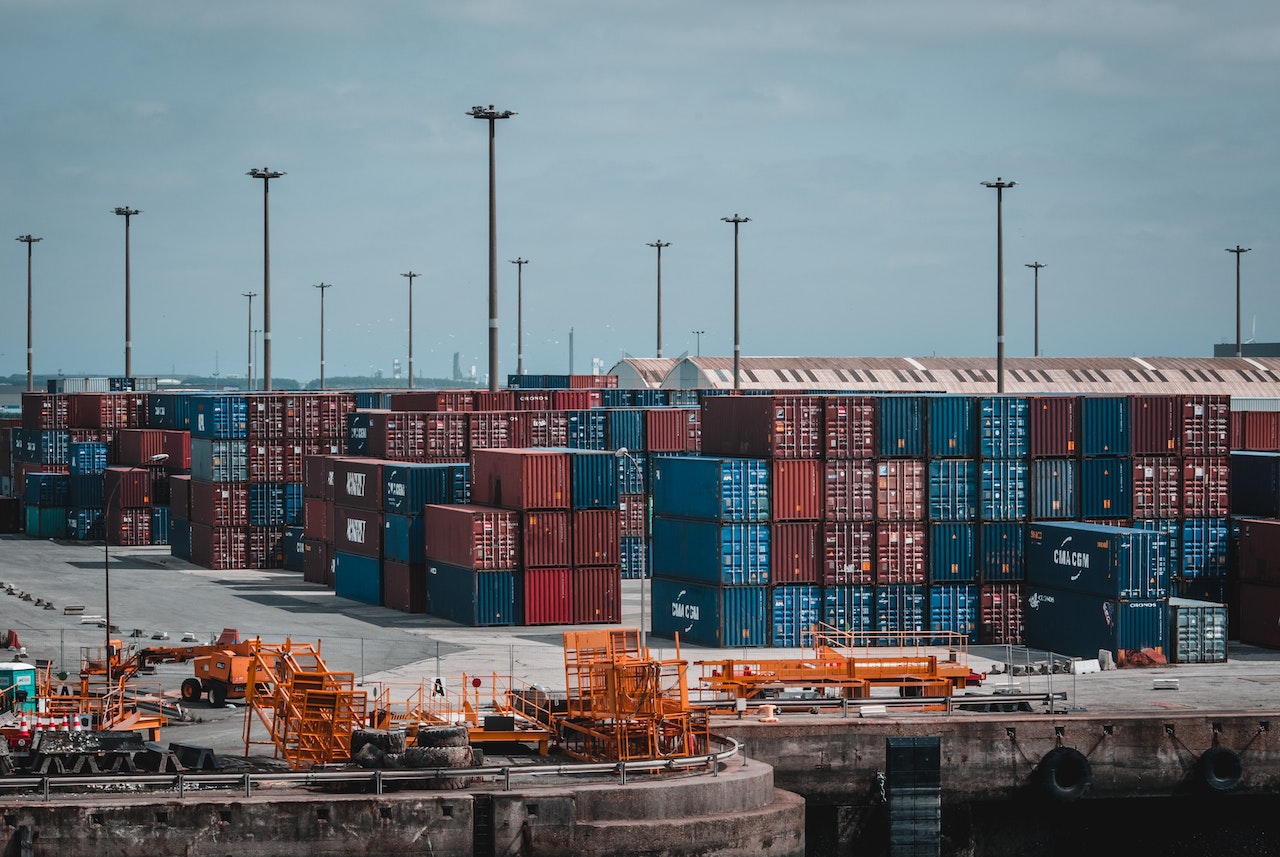Containerization has been one of the most popular tech trends in the past ten years, and today containers are almost everywhere.
Containerization has been one of the most popular tech trends in the past ten years, and today containers are almost everywhere. There have also been many benefits with the increase in container popularity since they are the cornerstone of microservice architectures that have enabled cloud-native apps of all sizes.
However, due to their popularity, containers are also the main target for hackers, ransomware, and other threats. Here are the four most common container security threats you should be aware of and security actions you should take.
1. Poorly configured container images
Containers are made using either a base or a parent image. These images are useful for building containers since you can reuse different components of an image rather than creating a container image from scratch. Nevertheless, like any other piece of code, images and their dependencies might contain vulnerabilities, which can lead to a wide range of security issues.
To address image-related threats, consider using container tech-specific vulnerability management processes and tools. Use cloud container security practices or a policy that will prevent images from being used if they have not been scanned in the past two months.
2. Containers that aren’t properly isolated from the host OS
Host OS is the key to a successful container surrounding. However, since it lies at the lowest level of the container architecture, the host OS is the most vulnerable to security threats. A compromise of the host OS can endanger all containers running on it.
To help avoid the chances of possible attacks, host OS designed for containers should only run them and keep out any application like web servers, system services, and databases. Host OS should also undergo continuous scans for vulnerabilities, and any needed updates should be promptly applied.
3. Container running malicious or rogue processes
Monitoring the running container process can be difficult, particularly in a sprawling environment where a container has an average lifespan of minutes or even hours. The high-speed churn of containers makes it nearly impossible for mortals to monitor which container processes are on run at any given time.
Rather than waiting for a successful attack to let you know that a malicious process was running in a container, limit the types and number of processes that can run. Consider using Dockers’ CAP ADD to add only those Linux capabilities needed for a container to run properly and achieve its goal. You can also set PID limits to limit your container to run a given number of processes that conform to what is necessary for the container to achieve its goal.
4. Insecure container privileges
Containers should typically run in unprivileged mode, meaning they don’t have access to any resources outside of the containerized surrounding that they directly control. Communication between containers must also be restricted unless the containers have a good reason to communicate with each other.
Allowing containers with more privileges than they strictly need to run can lead to security risks. Containers orchestrated by Kubernetes, for instance, can have more privileges than they should if network policies or Kubernetes security contexts are poorly defined.
Endnote
Companies that value a firm security posture should be able to address common container security threats. The best approach to minimizing these common threats to container security is to leverage all the available resources. Fortunately, most of the available tools and resources are free and easy to use.












